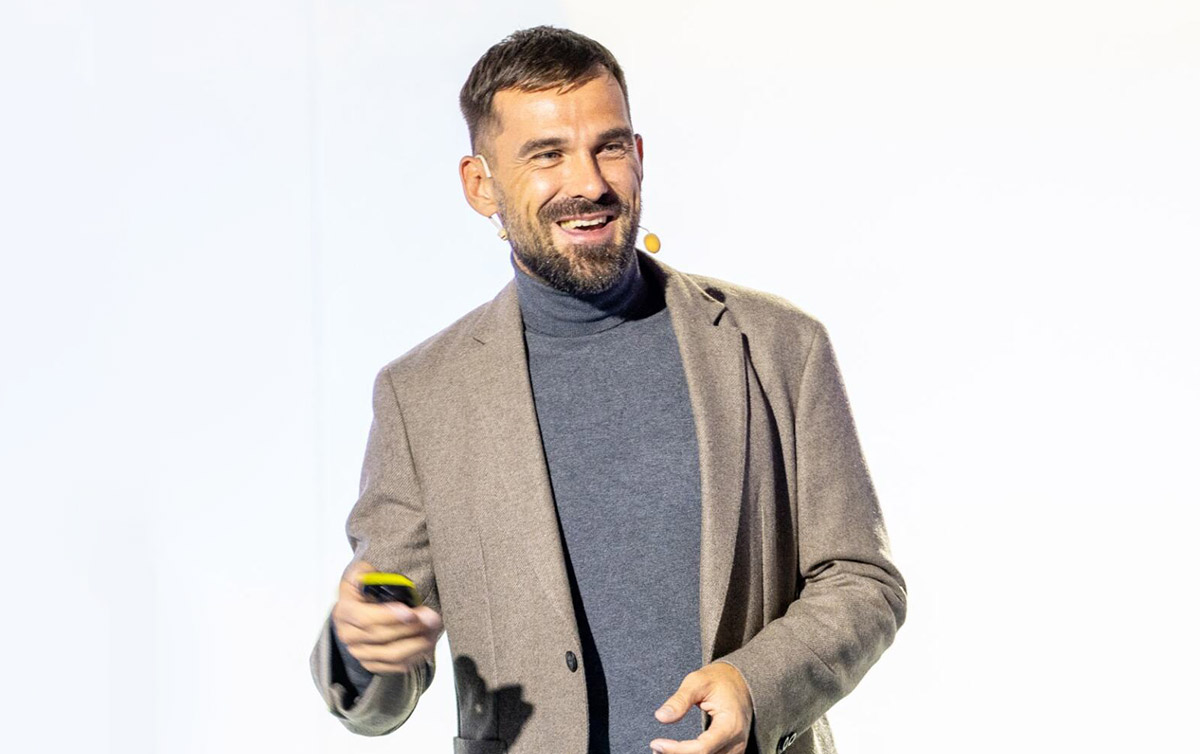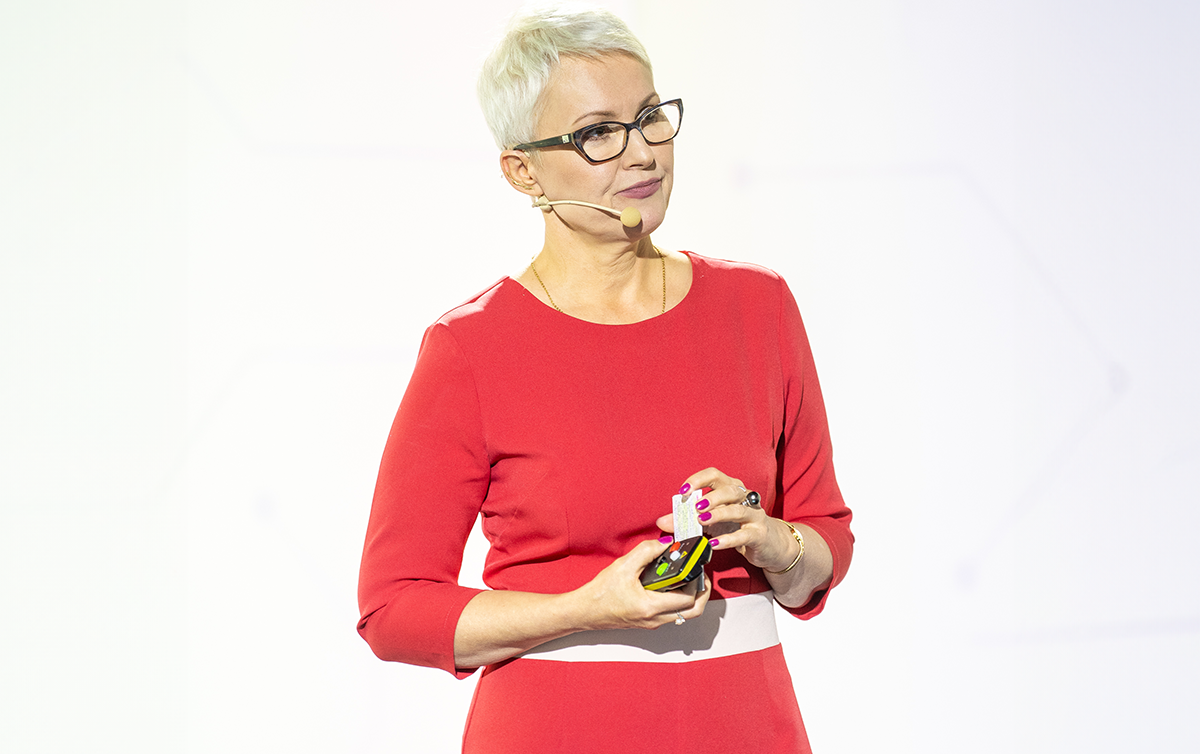In recent years, the labour market has been undergoing fundamental changes. Against this backdrop, the question arises as to how to select benefits today so that they are attractive to employees and contribute to a good employer branding position of the company?
Dynamic changes on the labour market
“May you live in interesting times” – this saying perfectly describes the reality facing employers today. For the past few years, we have been experiencing extremely dynamic changes, affecting both the economy and employee attitudes. As a result, up to 93% of employers are concerned about the possible loss of employees [1]. In this context, knowing what benefits actually suit teams is more important than ever.
Regardless of the times and generations present on the labour market, one thing does not change – if based on declarations only, employers should focus solely on financial issues. Indeed, it turns out that Polish employees most often say they would expect a raise (73%) or a financial bonus (63%) [2].
However, it should be noted that financial issues are sufficient only at the declarative level. In practice, of two similar job offers, most potential employees will choose the one that provides a better benefits package (60%) [3]. Importantly, Polish employers have already recognised this [4]. However, it is worth knowing how to turn quantity into quality.
Time for a new type of benefits
The dynamics of change on the labour market mean that employers, more than ever, need to watch trends in order to stay up to date. In this situation, it is important to consider what non-wage benefits are worth betting on in 2024 according to the current needs of employees. To what extent is the Polish benefits market already able to address these needs?
Personalisation of benefits
According to a Benefit Systems report, as many as 73% of Polish employees expect benefits tailored to their individual needs and abilities, whereas 66% opt for choosing from a variety of services within a single benefit [5].
The personalisation trend is strongly linked to the increasing need for employee self-determination. This is also confirmed by Infor’s study, according to which 93% of respondents want to have a say in what benefits their employer provides [3].
The new solutions offered by Benefit Systems have been designed precisely to allow maximum personalisation. One example is the range of programmes available through the MultiLife online platform. The employee chooses the topic that interests them the most, and specific courses, services, consultations and applications are suggested so that the employee can develop in a particular direction.
Availability of benefits
Due to the popularity of remote and hybrid work, there is a growing need for solutions to match the new ways of living and working. According to a Benefit Systems report, as many as 56% of employees want employers to introduce or increase the availability of benefits in an online form [5]. Is this reflected in the market offering?
Absolutely. For training solutions, it’s pretty much taken for granted – webinars are a common form of knowledge transfer today. They are a perfect fit not only for the needs of remote work, but also for a flexible approach to time – after all, such a course or training can be taken anytime and anywhere. Also moving into the online domain are solutions previously available mainly on-site, such as support from a personal trainer, dietician or psychologist, and even consultations with doctors.
Interestingly, benefits that were not previously associated with such an option are also becoming hybrid.For example, MultiSport. Of course, the popular card still allows on-site access to sports facilities, but in addition, you get online courses and exercise sets.
Comprehensive approach to benefits
Modern benefits should be part of a comprehensive approach to employee well-being. Even with a sports card, it is no longer just about sports, but about mental health or performance at work. Up to 94% of MultiSport Programme users admit that physical activity increases their energy, motivationand commitment at work [5].
Physical activity is very important for the human body, but other areas of well-being, such as psyche, personal development and diet, should also be taken care of. These aspects can be addressed through access to a library of courses, webinars and e-books, but most importantly through the opportunity to consult with specialists (dietician, psychologist, language teacher), supporting the employee on their way to improving the quality of life.
Tailored benefits have a preventive effect when it comes to achieving a lower absenteeism rate, for example. The word “tailored” is crucial here. Therefore, the starting point should be to create a well-thought-out well-being strategy.
Family use of benefits
As many as 69% of employees said they appreciated the possibility of family use of benefits [5]. Meanwhile, very often non-wage benefits are viewed through the prism of the individual employee rather than their loved ones. However, let’s remember that we use benefits most often during our leisure time, which we naturally spend with family or friends. This is why so many people prefer to be able to use, for example, a sports card together with their loved ones.
An example are the solutions available as part of the MultiSport Programme. So-called supplementary cards, such as MultiSport Senior and MultiSport Kids, specifically for loved ones, have been introduced. These types of benefits can also be found within platforms offering telemedicine or cafeteria solutions such as MyBenefit, which allows the purchase of tickets to the cinema, theatre, theme parks, or trip vouchers for the whole family, among others.
The practical aspect of benefits
Of course, originality is always a plus, but one must also keep in mind the practical aspect of benefits. Firstly, in terms of personalisation, we should provide employees with the kind of benefits they actually expect.
However, the practical aspect is not only about the content, but also the form. Access to benefits should be easy and convenient. On the one hand, to encourage employees to use them, and on the other hand, so that the administrator can manage them more effectively. Such model is also used for MyBenefit, which is a comprehensive tool to support HR processes, combined with a wide range of benefits. The platform has been tailored to meet the individual needs of employees and the organisation as a whole.
Current labour market trends have a common denominator. It is to increase employee empowerment and focus on their individual needs. Only then will we be sure that the applied solution will actually be used, and thus bring real results.
References:
[1] https://www.bankier.pl/wiadomosc/Benefity-pracownicze-takich-bonusow-Polacy-chca-w-firmach-Owocowe-wtorki-to-piesn-przeszlosci-8556093.html
[2] https://personnelservice.pl/wp-content/uploads/2022/03/Barometr-Polskiego-Rynku-Pracy_Personnel-Service_2022.pdf
[3] https://kadry.infor.pl/kadry/hrm/motywowanie/5779695,benefity-pracownicze-oczekiwania-pracownikow-wzrastaja.html
[4] https://strefabiznesu.pl/benefity-pracownicze-od-1-wrzesnia-pracodawca-moze-doplacic-wiecej-do-posilku-rozsadna-alternatywa-dla-podwyzek-pensji/ar/c3-17847555
[5] Raport Benefit Systems „Zmęczeni, obojętni, niezaangażowani. Postpandemiczne potrzeby pracowników”, 2022.
[6] Badanie Harvard Business Review, How Much Time and Energy Do We Waste Toggling Between Applications?, sierpień 2022.





















